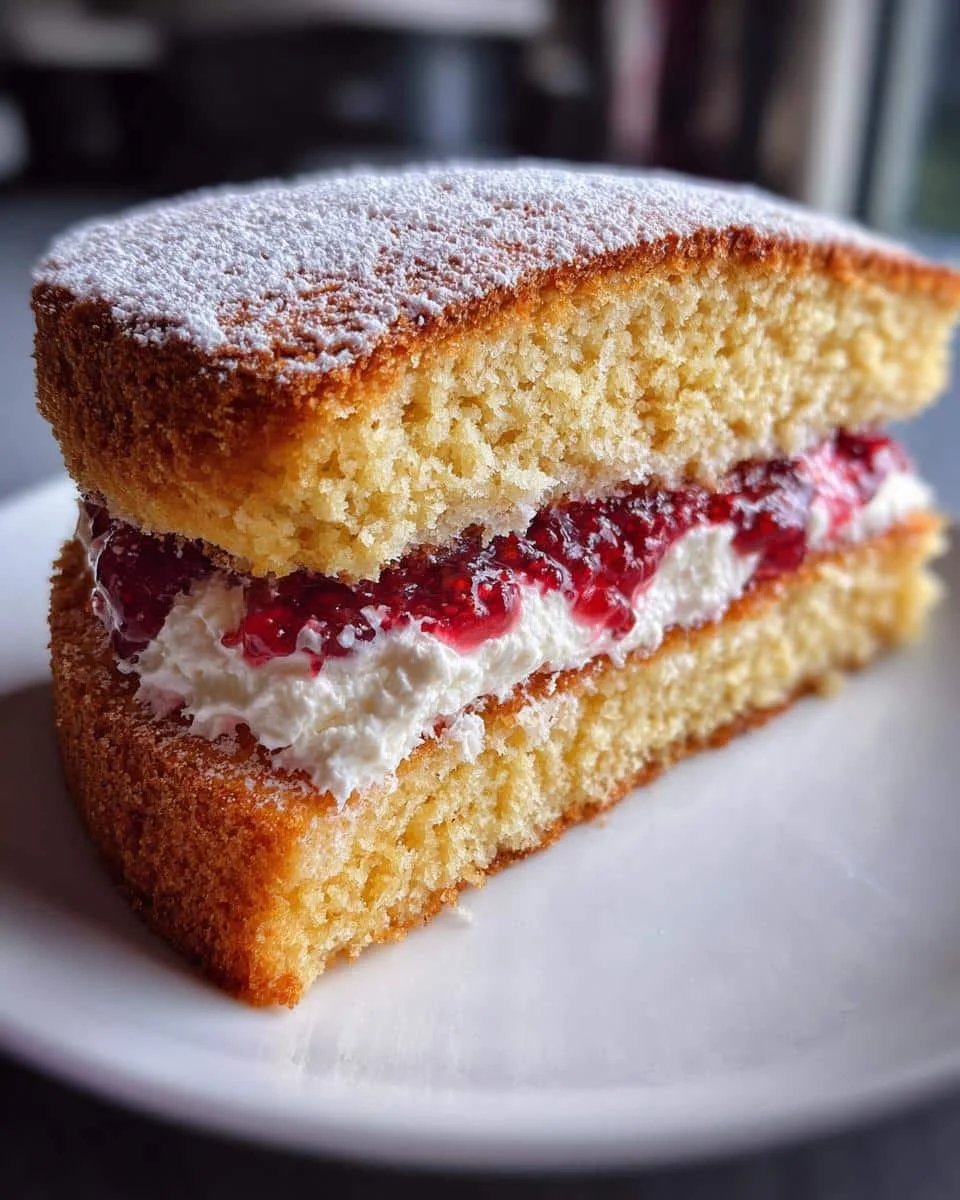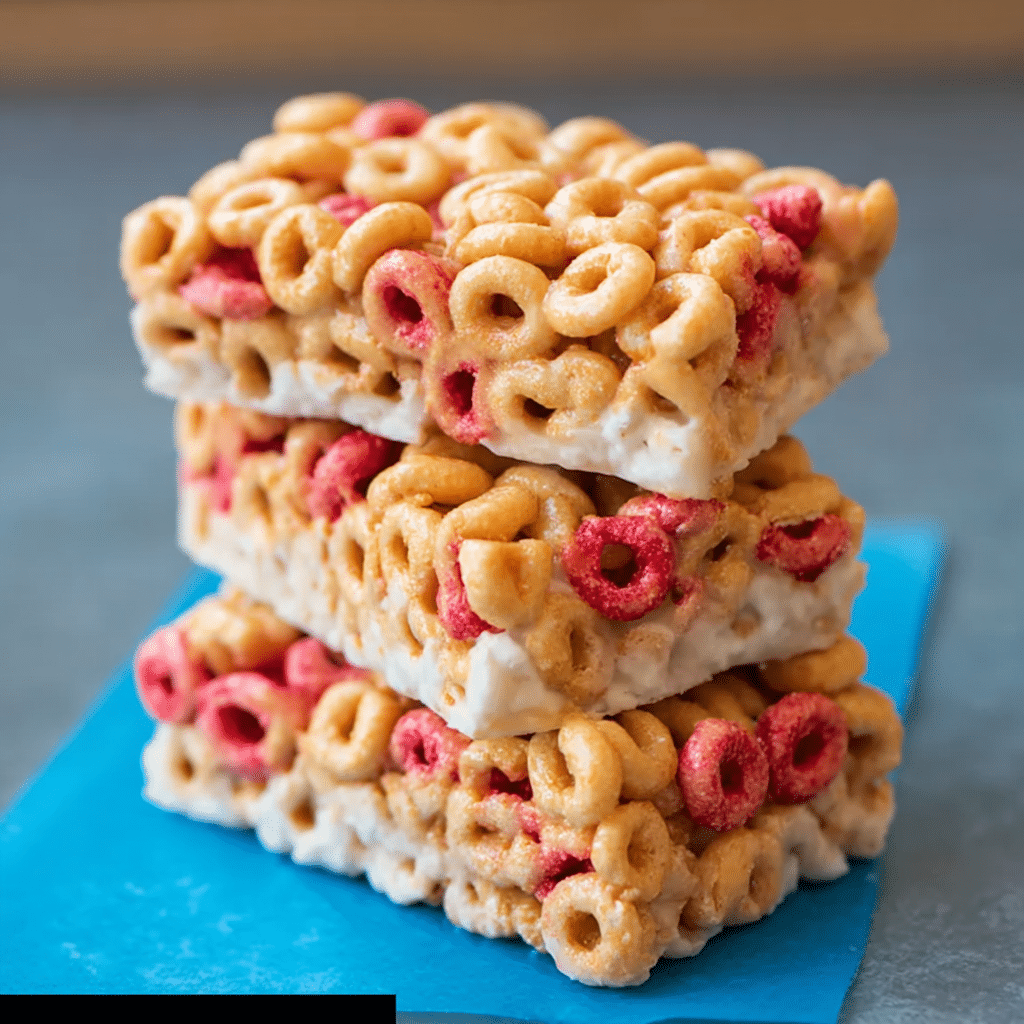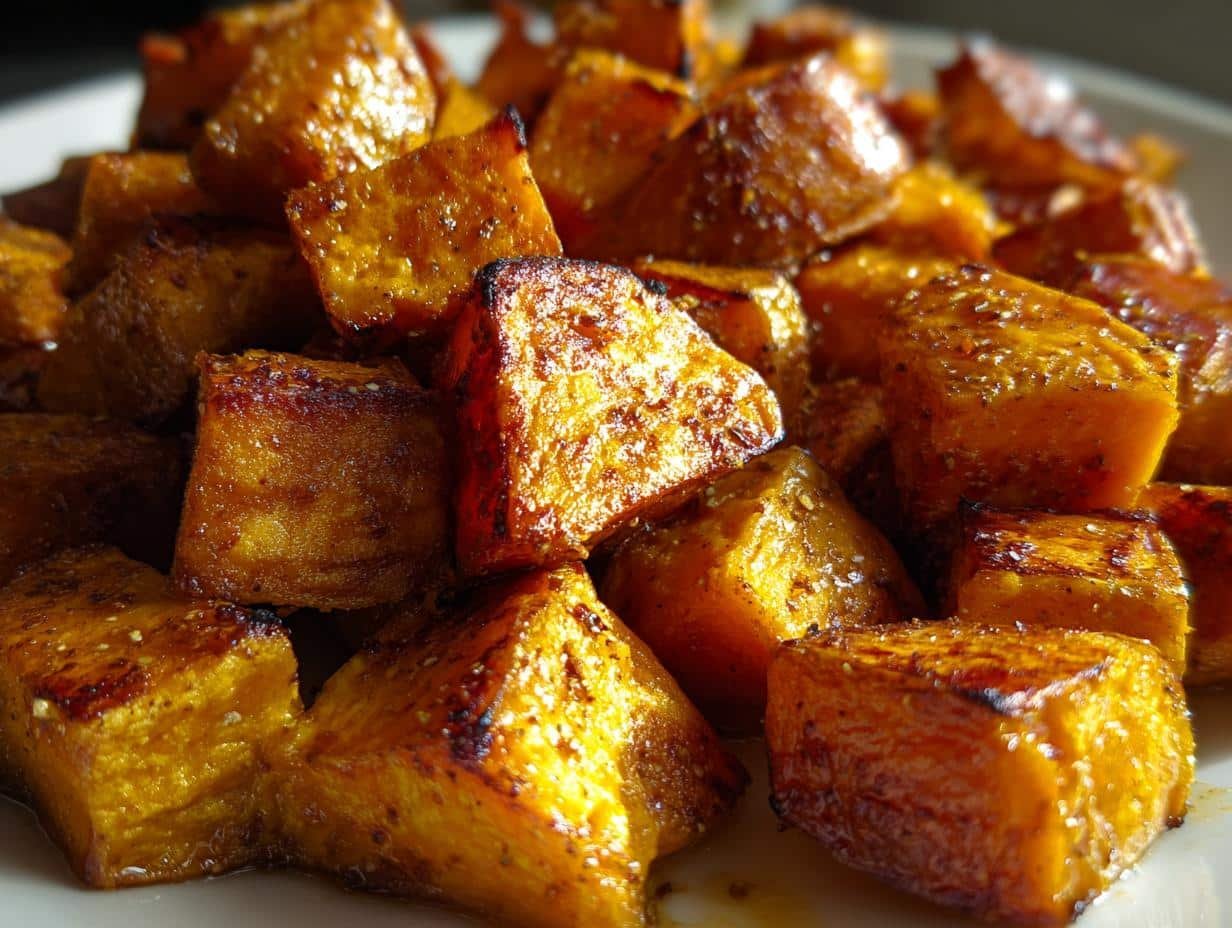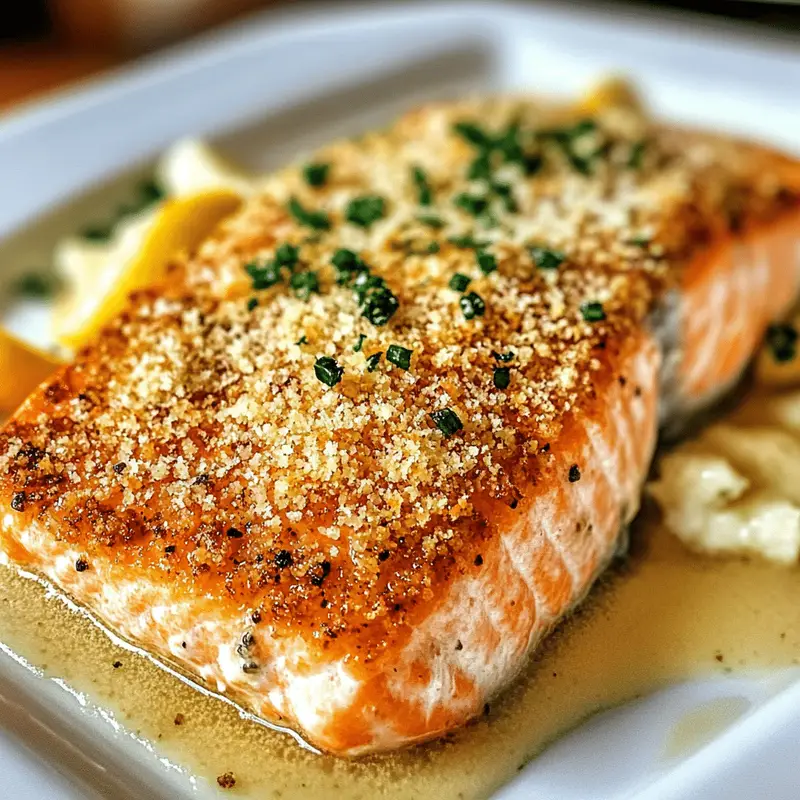There’s something magical about the ritual of afternoon tea – the clink of china cups, the delicate sandwiches, and of course, the crowning glory: a perfect Classic Victoria Sponge Cake. I still remember my first bite as a child, sitting at my gran’s lace-covered table, watching the jam ooze ever so slightly when she cut into that cloud-like sponge. It was love at first taste.
After years of baking this British icon (and yes, a few disasters along the way), I’ve perfected a version that stays true to tradition while being foolproof for home bakers. The secret? It’s all in the balance – equal parts butter, sugar, eggs and flour create that signature lightness, while good jam and proper whipped cream make it sing.
This isn’t just any cake. It’s the taste of Sunday visits, garden parties, and that satisfied sigh when the sponge rises just right. Whether you’re new to baking or a seasoned pro, this Classic Victoria Sponge Cake will become your go-to for every occasion that calls for something truly special.
Table of Contents
Table of Contents
Why You’ll Love This Classic Victoria Sponge Cake
Oh, where do I begin? This cake has stolen hearts for generations, and here’s why it’ll steal yours too:
- Feather-light texture that practically melts on your tongue – no dense, dry sponges here!
- Perfectly balanced sweetness – just enough sugar to complement (not overpower) the tart jam and rich cream
- Nostalgic charm that transports you straight to a proper British tea room
- Simple elegance – no fancy decorations needed when the taste speaks for itself
- Foolproof method that even nervous bakers can master (trust me, I’ve been there)
It’s the kind of cake that makes guests go quiet for that first glorious bite… then immediately ask for seconds.
Essential Ingredients for Classic Victoria Sponge Cake
Here’s the beautiful part – you only need a handful of simple ingredients to make magic happen. But trust me, quality matters with this one. Here’s what you’ll need for that perfect classic Victoria sponge cake:
- 225g unsalted butter – softened (I leave mine out overnight – it should dent easily when pressed)
- 225g caster sugar – that superfine texture makes all the difference
- 4 large eggs – room temperature, please! Cold eggs ruin the emulsion
- 225g self-raising flour – sifted (don’t skip this – it prevents lumps!)
- 1 tsp vanilla extract – the real stuff, not essence
- 4 tbsp raspberry jam – seedless for posh, with seeds for rustic charm
- 150ml whipped double cream – whipped to soft peaks, not stiff
- Icing sugar – for that final snowy dusting
Ingredient Notes and Substitutions
Now, I’m a traditionalist, but life happens! If you need to swap: strawberry jam works beautifully (just avoid super-sweet varieties). Out of caster sugar? Pulse granulated in a blender until fine. For dairy-free, I’ve had success with plant butter, but reduce any added salt. And in a pinch? All-purpose flour + 2 tsp baking powder can sub for self-raising – though the texture won’t be quite as cloud-like. The one thing I won’t budge on? Real butter and eggs. They’re the soul of this cake!
Equipment You’ll Need
Listen, you don’t need fancy gadgets for this – just a few trusty tools that every baker should have. Here’s what lives on my counter when I’m making Victoria sponge:
- Two 20cm sandwich tins – metal works best for even browning
- Electric hand mixer – though a wooden spoon and strong arms work in a pinch
- Fine sieve – for that beautifully smooth flour
- Rubber spatula – to scrape every last bit of batter
- Wire rack – cooling is non-negotiable!
That’s it! See? Nothing scary – just the basics to create something extraordinary.
Step-by-Step Guide to Making Classic Victoria Sponge Cake
Alright, let’s get baking! This is where the magic happens. Follow these steps, and you’ll have the most glorious Victoria sponge cake that would make my gran proud. I’ve timed everything perfectly so you know exactly when to move to the next step.
- Preheat your oven to 180°C (160°C fan) – this gives it time to reach the right temperature while you prep.
- Prepare your tins – grease with butter and line the bottoms with parchment paper circles. No sticking allowed!
- Cream butter and sugar for a good 3-4 minutes until pale and fluffy. This creates tiny air pockets for lift.
- Add eggs one at a time, mixing well after each with a spoonful of flour to prevent curdling.
- Gently fold in remaining flour and vanilla using a figure-eight motion – overmixing is the enemy of lightness!
- Divide batter evenly between tins and smooth tops with a spatula. A kitchen scale helps for precision.
- Bake for 20-25 minutes until golden and springs back when lightly pressed.
- Cool in tins 5 minutes before transferring to wire racks – patience prevents crumbling!
- Assemble when completely cool – warm cakes melt the cream (learned that the hard way).
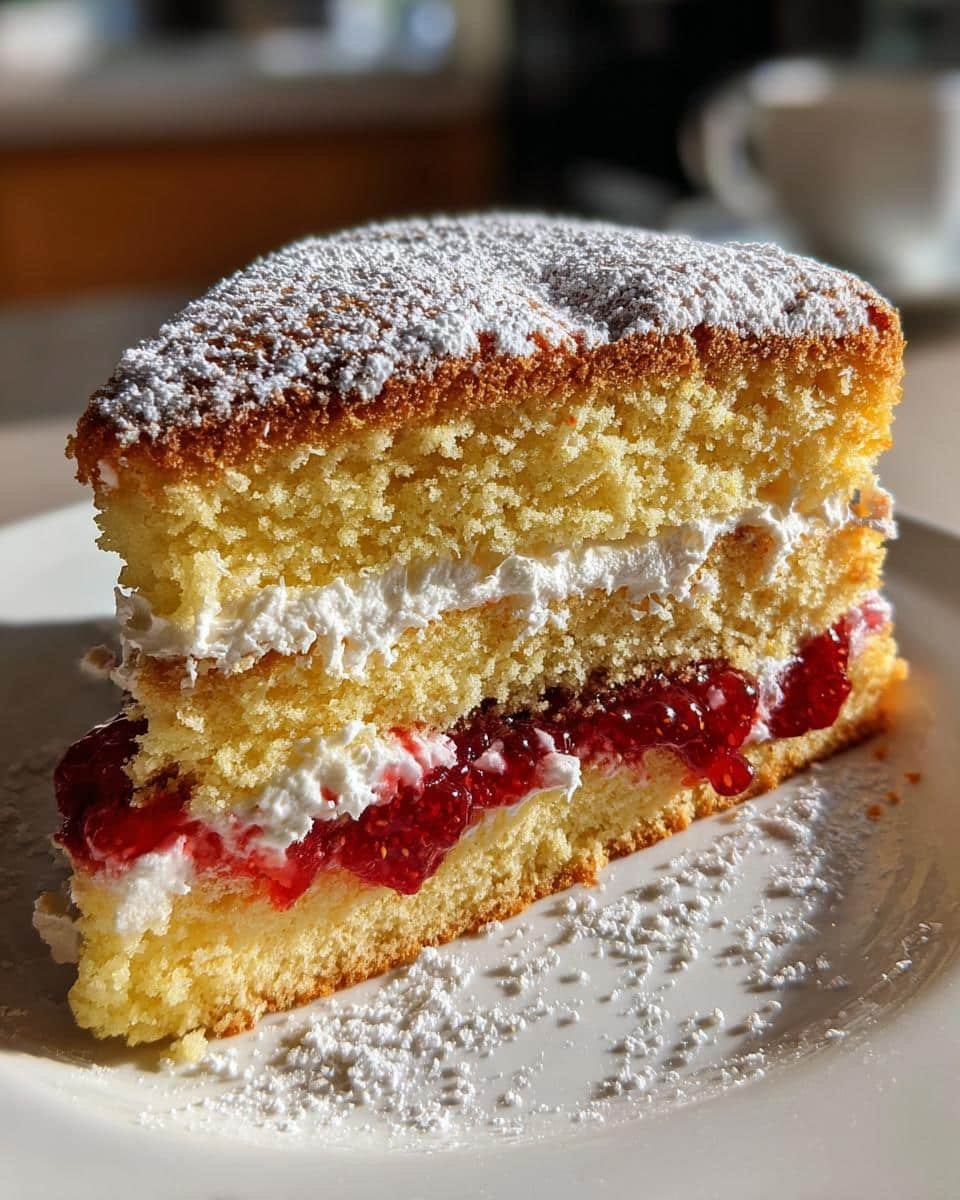
Preparing the Perfect Sponge Batter
The secret to that cloud-like texture? Cream your butter and sugar until it’s the color of pale lemon chiffon – I sing “Happy Birthday” twice while mixing to time it right. When adding eggs, go slow like you’re introducing shy friends at a party. That spoonful of flour with each egg prevents the dreaded scramble effect. Folding? Imagine you’re tucking a baby into bed – gentle strokes just until no flour pockets remain. The batter should ribbon off your spatula like thick cream.
Baking and Assembly Tips
Here’s where many go wrong – rushing the cooling! Let those sponges sit until barely warm to the touch, about an hour. For assembly, spread jam on the bottom sponge first – it acts as a moisture barrier. Then pile on softly whipped cream (stiff peaks make the layers slide). Dust the top with icing sugar through a sieve held high – it creates that magical snowfall effect. Pro tip: Assemble no more than 2 hours before serving to prevent sogginess!
Expert Tips for the Best Classic Victoria Sponge Cake
After more burnt cakes than I’d like to admit, here are my hard-won secrets for Victoria sponge perfection:
Weigh your eggs in shells! Mine always equal about 225g – same as the butter, sugar and flour. This old-school trick guarantees perfect balance. Room temp ingredients really do mix better – cold butter makes grainy batter. For even rising, run a wet finger around the batter edges before baking. And the golden rule? Don’t peek! That rush of cold air causes sad, sunken sponges. Wait until the 20-minute mark to check.
One last thing – use the best jam you can find. That fruity punch makes all the difference between good and “oh-my-goodness” amazing.
Serving and Storing Your Classic Victoria Sponge Cake
Oh, the joy of presenting this beauty! I always serve my Victoria sponge cake at room temperature – the flavors sing when they’re not too cold. Traditionalists like me pair it with a proper pot of Earl Grey (that bergamot tang complements the jam perfectly), but Darjeeling or English Breakfast work wonderfully too. For storage, pop any leftovers in an airtight container – it’ll keep beautifully for 2 days (though mine never lasts that long!). Pro tip: If you must refrigerate, bring slices to room temp for 30 minutes before serving to restore that melt-in-your-mouth texture.
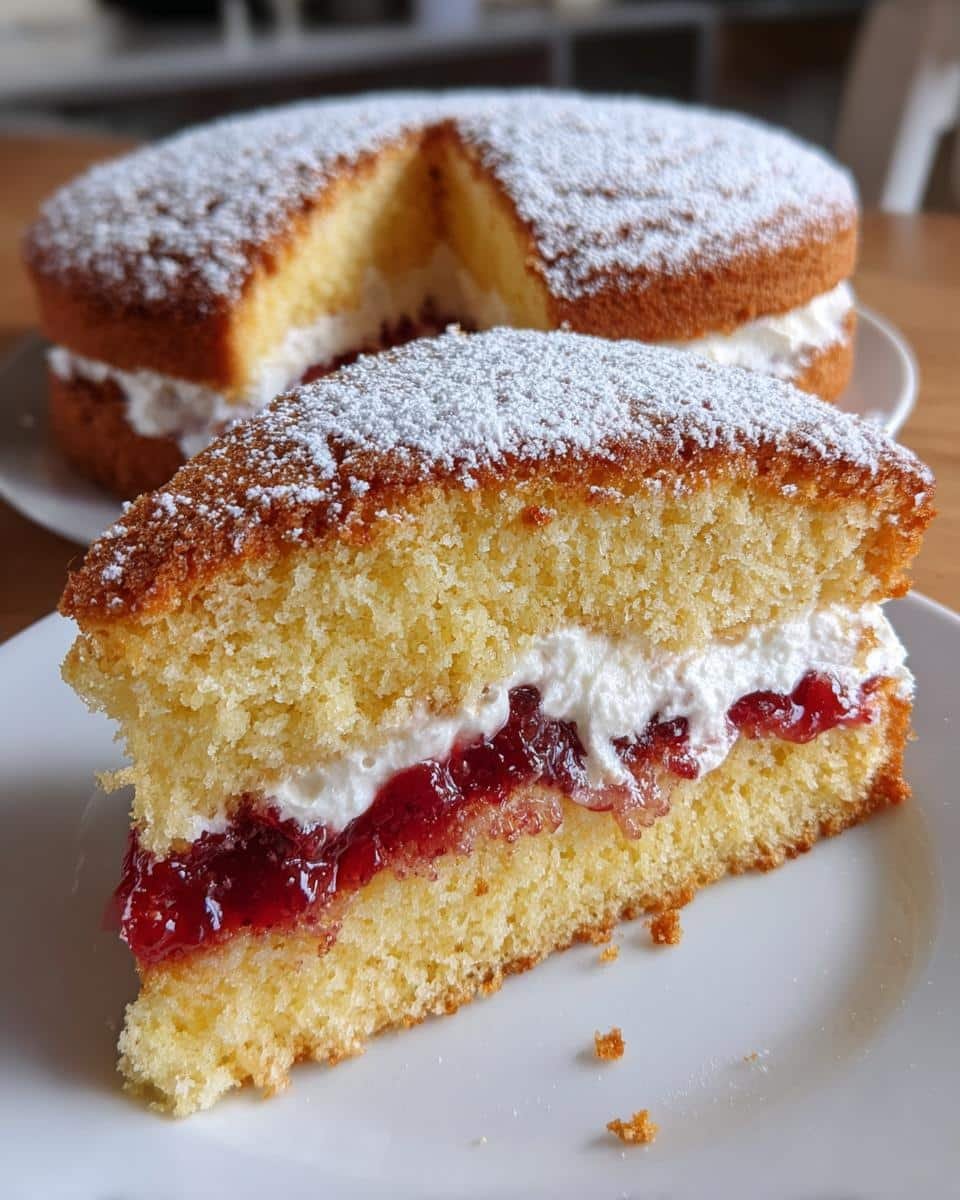
Nutritional Information
Here’s the scoop on what’s in each glorious slice of Classic Victoria Sponge Cake (based on average values – your exact numbers may vary slightly depending on brands):
- Calories: 420 per slice
- Sugar: 28g
- Fat: 25g (15g saturated)
- Carbs: 45g
- Protein: 5g
Remember, these are estimates – the real nutrition is in the joy it brings! (But maybe don’t eat the whole cake yourself…)
Serve With…
- A scoop of Homemade Strawberry Ice Cream
- A chilled glass of Homemade Raspberry Peach Lemonade
- Or complete the tea party with No-Bake Cheesecake with Berry
Want More Classic Desserts?
- Try soft and chewy Cherry Pie Bars
- Make Little Bites Muffins for bite-sized fun
- Serve alongside buttery Peach Crumb Bars for variety
Frequently Asked Questions
Can I freeze Victoria sponge cake?
Absolutely! Just freeze the unassembled sponges wrapped tightly in cling film for up to 1 month. Thaw overnight at room temperature before filling – the texture stays wonderfully light. The assembled cake doesn’t freeze as well since the cream gets weepy.
Why did my sponge sink in the middle?
Oh dear, been there! Usually it’s from opening the oven door too soon (resist that temptation!) or underbaking. Next time, do the toothpick test – it should come out clean, and the edges should pull slightly from the tin. Also check your baking powder isn’t expired!
Can I make this Victoria sponge cake ahead of time?
You clever baker! The sponges keep beautifully for 2 days wrapped at room temp. Just assemble with jam and cream the day of serving. The whipped cream goes grainy if left too long – learned that lesson the messy way!
What’s the best jam for Victoria sponge?
Traditionally raspberry, but I’ve used strawberry, blackberry, even apricot – whatever makes your taste buds happy! Just avoid ultra-thick preserves that make spreading difficult. My gran swore by homemade jam with a bit of tartness to balance the sweet sponge.

Perfect Classic Victoria Sponge Cake That Melts in Your Mouth
- Total Time: 45 minutes
- Yield: 8 slices 1x
- Diet: Vegetarian
Description
A traditional British cake with layers of light sponge filled with jam and cream.
Ingredients
- 225g unsalted butter, softened
- 225g caster sugar
- 4 large eggs
- 225g self-raising flour
- 1 tsp vanilla extract
- 4 tbsp raspberry jam
- 150ml whipped double cream
- Icing sugar for dusting
Instructions
- Preheat oven to 180°C (160°C fan). Grease and line two 20cm sandwich tins.
- Cream butter and sugar until pale and fluffy.
- Beat in eggs one at a time with a spoonful of flour.
- Fold in remaining flour and vanilla extract.
- Divide mixture evenly between tins. Bake for 20-25 minutes.
- Cool in tins for 5 minutes, then transfer to wire racks.
- Spread jam on one sponge, top with whipped cream.
- Sandwich with second sponge. Dust with icing sugar.
Notes
- Use room temperature ingredients
- Don’t overmix the batter
- Check cakes are done when they spring back
- Let cakes cool completely before assembling
- Prep Time: 20 minutes
- Cook Time: 25 minutes
- Category: Dessert
- Method: Baking
- Cuisine: British
Nutrition
- Serving Size: 1 slice
- Calories: 420
- Sugar: 28g
- Sodium: 0.2g
- Fat: 25g
- Saturated Fat: 15g
- Unsaturated Fat: 8g
- Trans Fat: 0g
- Carbohydrates: 45g
- Fiber: 1g
- Protein: 5g
- Cholesterol: 140mg
